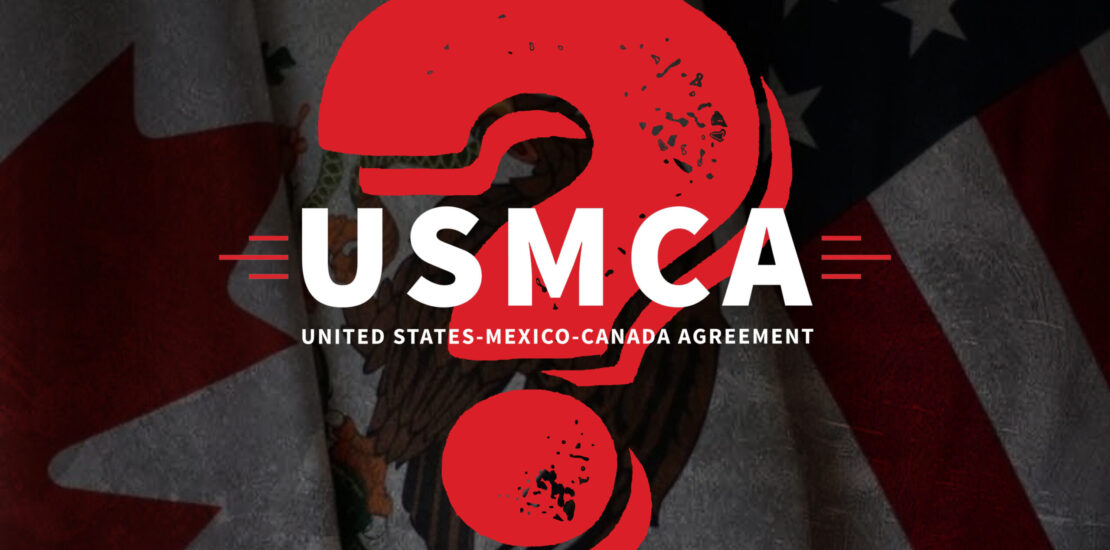- 14 julio, 2020
- Posted by: Armando Nuricumbo
- Categoría: Estados Unidos, Global, México

A society that prioritizes equality over freedom will achieve neither of the two.
Milton Friedman
This past July 1, the new North American Free Trade Agreement entered into force, so called “Mexico, United States and Canada Treaty” (USMCA). The event was marked by a quick visit by President López Obrador to Washington, full of symbolism and political messages. However, it is important to ask what remains in reality after all the celebration and joy of the moment.
The previous North American Free Trade Agreement (NAFTA) was in force for just over 26 years and generated tangible, interesting and also controversial results. Regional trade increased almost 3.8 times, from $ 290 billion in 1993 to $ 1.1 trillion USD in 2016. Foreign direct investment between the three countries also increased substantially in that period, and supply chains achieved a level of integration like never before. However, there is still wide debate about the effects of NAFTA on employment and wages: The United States’ trade deficit with Mexico and Canada increased 576% and the United States Department of Labor reports that 4.5 million manufacturing-related jobs were lost in that period in the United States. While all of these job losses are not attributable to NAFTA, they do coincide with the globalization process of which NAFTA was a prime representative. At the end of the day, it is clear that NAFTA created wealth, increased investment and trade, and also brought prosperity for certain sectors of society, but not for the entire population as a whole. Even more. There were certain sectors of the population that were absolute losers in the three countries.
The entry into force of the USMCA is viewed with optimism, but it is clear that it will be neither a panacea by itself to solve the problems of the region nor a magic formula that automatically generates greater prosperity. It is not even clear if it will really improve the commercial dynamics in relation to what was already available. Perhaps the best thing about the USMCA is to eliminate an enormous factor of uncertainty that weighed on the region, which undeniably delayed certain investments and reduced dynamism in the economy. Such uncertainty, by the way, was self-generated by President Donald Trump in his political campaign.
Much of the success of the USMCA will depend on its implementation, which unfortunately will be influenced by the November electoral process in the United States, as well as by the 2021 electoral process in Mexico. Without the right strategic programs, the benefits of the new deal are likely to remain poorly distributed. Large companies with international operations, as well as the states and provinces of the three countries that already participate in global production chains, will be the most benefited in the first stage. An important question in Mexico is what we have to do differently in order to integrate the southeast of our country in the opportunities derived from the USMCA. So far, no program specifically focused on increasing the competitiveness of that region has been announced. The ancestral problems of education, health and marginalization will continue to be present and will overshadow any possible opportunity created by this agreement. For now, Mexico will be under pressure to raise anti-corruption, environmental and labor standards to the levels expected by its trading partners. That external pressure will be a good catalyst to create positive change in the coming years, but above all, to guarantee that our country does not lose the compass, regardless of which political party is in power.
